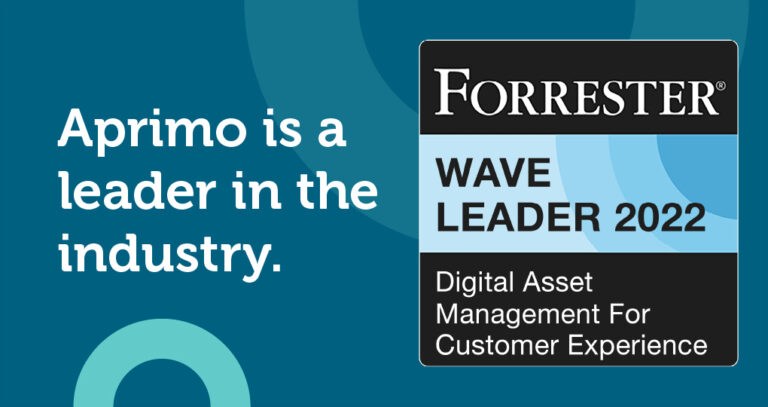Content Personalization for Better Audience Engagement


Understanding the Importance of Personalization in Content Experiences
When asked about the most challenging aspects of their jobs, business-to-consumer (B2C) and business-to-business (B2B) marketers overwhelmingly point to audience appeal. It isn’t easy to know what content types and messages will attract consumers’ attention and drive interaction, especially when each potential customer has unique interests and needs.
Content personalization cuts through the noise by speaking to those needs as closely as possible. It turns marketing into a conversation, encouraging people to pursue more information and engage with the brand. When done well, it even helps brands to use the right keywords to attract new customers.
Strategies for Effective Personalization
Successful content personalization strategies begin with consumer data. Customers tell you what they want when interacting with content, browsing products, and completing user profiles. Brands can use that data to understand what content will be most engaging.
Dynamic content uses artificial intelligence tools to personalize the user experience automatically. For example, suppose a customer visits your website and browses a particular product category. AI-powered tools collect that information and deliver targeted content at the next touchpoint.
The critical ingredient is a digital asset management (DAM) system that can retrieve the right content at the right time, making that perfect customer match.
SEO Optimization: Integrating Personalized Keywords Strategically
It’s also important to personalize content for organic search audiences. Since potential customers share search preferences with current buyers, the best approach is to identify the keywords that match current buyers’ interests. Integrate those into top-of-funnel content to find new audiences.


Crafting Tailored Content for Diverse Audience Segments
Content personalization is most effective when you have multiple audience segments ? groups of customers with shared interests and needs. Brands segment based on a variety of factors, including:
-
Demographics: Age, family status, gender, income level, etc.
-
Consumer behavior: Purchase and search activity
-
Psychographics: Interests, lifestyle, values
Determine your ideal segments first, then sort customers based on available data. Use as much data as possible to improve targeting accuracy.
Next, develop customer personas that visualize the group as a living, breathing person. Instead of writing for middle-income parents of young children, gear your content to the hypothetical “Sarah,” a 35-year-old mother of twins who earns a combined $75,000 with her husband, Ned.
After launching your first content batch, run A/B testing on personalized elements to learn what works best. Pay attention to keywords and test the use of different variations to reach new users. Then, sort those users into segments based on engagement.
Leveraging Data Analytics for Personalization Success
The secret to content personalization is responsiveness. Consumers use clicks, shares, and engagement time to show what resonates. You can use that data to personalize your content further and improve your engagement rate.
Using Engagement Metrics to Optimize Content
Engagement data comes from metrics that track how, when, and where audiences interact with content. The three most important measures to follow are:
-
Time on page: The length of the average audience visit
-
Bounce rate: The percentage of users who leave a page without taking action
-
Social engagement: The number of comments, shares, and likes on your social and blog content
Use this information to determine each customer segment’s best topics and approaches. For instance, if your bounce rate drops when you add dynamic content to your home page, you might consider expanding your use of dynamic strategies.
Adding Data-Informed Keywords for SEO Optimization
Data also tells you what keywords align with customer needs and interests. Use page views to determine whether traffic increases when you target specific keywords.
Consider measuring click-throughs as well. More relevant keywords inspire readers to interact more deeply, taking action instead of simply consuming the content.


The Role of Automation in Scaling Personalized Content
Intelligent automation makes it easy to manage personalized strategies at scale. It eliminates time-consuming manual processes traditionally involved in content personalization, from content planning to matching the right content with specific audience segments. It can even organize content by topic and keyword, ensuring effective SEO optimization.
Automation-enabled DAM systems can locate content that resonates with specific audience segments, delivering them using streamlined workflows. Advanced tools like AI for DAM learn from the results of these processes to deliver better outcomes over time.
With AI handling the repetitive and unnecessarily manual steps, team members can focus on providing the human touch. Even today’s most advanced AI tools can’t speak to readers in a way that creates a connection.
Measuring and Adapting for Continuous Improvement
Effective personalized strategies require ongoing review and adjustment based on audience performance. The key is to choose and track key performance indicators that best match your goals. Consider the engagement metrics mentioned above with the following additional options:
-
Click-through rate: How many visitors click on a desired link
-
Social shares: How many times users share content
-
Unique visitors: How many different individuals visit your website or app
-
Feedback response rate: How often audiences provide feedback about your content
Feedback loops help you refine your content strategy based on audience responses. Look for trends in feedback and adjust your content creation and delivery accordingly, then gather feedback on the new iteration.
Apply what you’ve learned to your keyword strategy as well. Preferences and search terms change, and adaptation helps you sustain high rankings.

Frequently Asked Questions
How does personalization impact SEO rankings?
Personalized content meets your audience’s needs and answers their questions in search. Because Google prioritizes helpful content, effectively personalized material has a better chance of ranking highly.
What challenges might arise in implementing personalized content strategies?
Successful personalization requires a robust technology infrastructure and a skilled content operations team. The first step is unifying the content strategy, creation, and delivery processes while providing access to an AI-powered digital asset management platform like Aprimo.
Are there industry-specific considerations for content personalization?
Industries have varying customer communication norms that affect the success of personalization strategies. There may also be specialized privacy concerns, such as record-keeping in healthcare, that impose restrictions.
How can businesses ensure data privacy and security in personalized content?
Most consumers are very concerned about what companies do with their data and don’t understand how privacy works. Companies need to follow and publish data governance policies to maintain consumer trust.




